Leading Software Development Company in Switzerland
Switzerland is one of the European nations with the largest disparity between market dynamics of IT talents. Central Europe offers an incredible roster of software development companies, which has attracted a variety of local software development developers as well as passionate engineers from other prospective nations.
As an Olten-based business, STS Software GmbH boasts a strong force of software engineers
With this fortification, the STS Software GmbH team has reached a large number of prominent Swiss businesses as strategic partners, contributing to our already formidable industry standing.
You need:
- Need a one-off app developed for you?
- Is there a legacy project that has to be improved and maintained?
- Or a project taken over to expand a variety of related features and functions?

If you find yourself asking similar concerns or having similar requirements to grow your business, STS Software GmbH is here to support!
About Us
Who we are
Members of our team speak English as their first language and collaborate well with clients and partners in regions ranging from Asia to the United States. We are a forward-thinking software development firm that employs state-of-the-art systems to maximize clients’ digital marketing efforts.
When businesses in Switzerland have a scarcity of software developers, we’re here to help out by providing them with software development outsourcing services. We promise prompt, high-quality order fulfillment. Ultimately, we commit to reduce software development expenses by as much as feasible, without risking on quality.
Our Services
What we do
We develop stunning web applications that can help you increase customer engagement. We are expert at various programming languages like .NET, Python, NodeJS, ReactJS, PHP.
Our in-house software engineers have extensive experience with a wide variety of web/ mobile app platforms, in addition to their expertise in custom software development.
Why
STS SOFTWARE GMBH
Design-led Engineering
We use a design-led strategy to drastically transform the client user experience and build engaging mobile and web solutions.
Flexible Engament
Our consulting and client engagement services enable us to ensure continuous contact throughout the project, resulting in greater value and long-term connections.
Affordable Cost-Effective Approach
We use a collaborative and flexible approach to tackling business issues. The most crucial aspect of our services is that we provide the greatest quality while still saving your business time and money.
Trusted Security Protocols
Cybersecurity is a priority for any modern project. We always follow the latest security protocols for keeping all your data and software products safe.
Progressive Roadmap
Technology software development is what we do best, and we pride ourselves on being a results-driven firm that takes the time to learn about each client’s unique project and provide customized solutions.
Full-Cycle Methodology
We deliver the full software development lifecycle, including receiving requirements, software development, testing, deployment, and operations. You can always rely on us for your software projects!
Methodologies
How we do

Prototyping
We help our clients and their end-users visualise the look-and-feel and interaction of the finished product before it is actually built using state-of-the-art design and prototyping tools.
Agiler Entwicklungsansatz
Wir verwenden den agilen Entwicklungsstil neben den traditionellen Ansätzen, um die Zuverlässigkeit des Lieferplans und die Qualität des Endprodukts zu gewährleisten. Dies ist auch die Methodik, die die STS Software GmbH verfolgt.
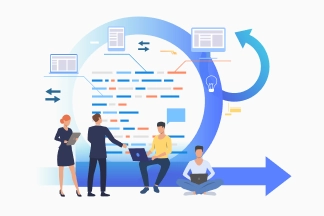
Agile Development
We use agile development style alongside the traditional approaches to ensure reliability of delivery schedule and quality of the end product.

Software Specifications
Wir schreiben ein Software-Spezifikationsdokument (Software Blueprint), um sicherzustellen, dass unsere Kunden genau das bekommen, was sie erwartet und vereinbart haben – in Bezug auf die Funktionalität und das UI- und UX-Design des Produkts.
Our Clients
Trusted By
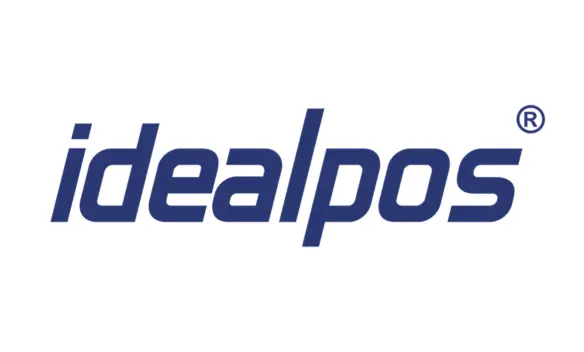
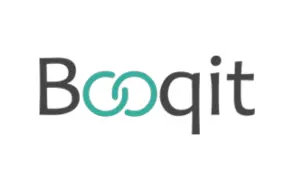

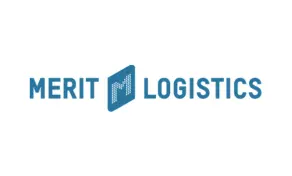

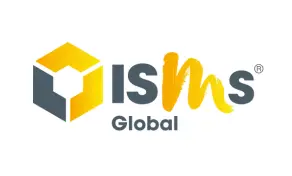

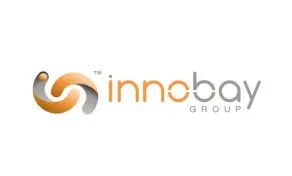
Let’s Talk
Together with our developers and analysts, we begin by discussing and analysing our client’s needs, sketching the outline
Together with our developers and analysts, we begin by discussing and analysing our client’s needs, sketching the outline
- [email protected]
- Leberngasse 19, 4600 Olten, Switzerland
- +41 62 503 70 50
© 2022 STS Software GmbH. All rights reserved.
Together with our developers and analysts, we begin by discussing and analysing our client’s needs, sketching the outline
FOLLOW
- [email protected]
- Industriestrasses 78 , 4600 Olten, Switzerland
- +41 62 503 70 50
BLOG
SUBSCRIBE US
Signup to get the latest updates and amazing offers delivered directly to your inbox.
© 2022 STS Software GmbH. All rights reserved.